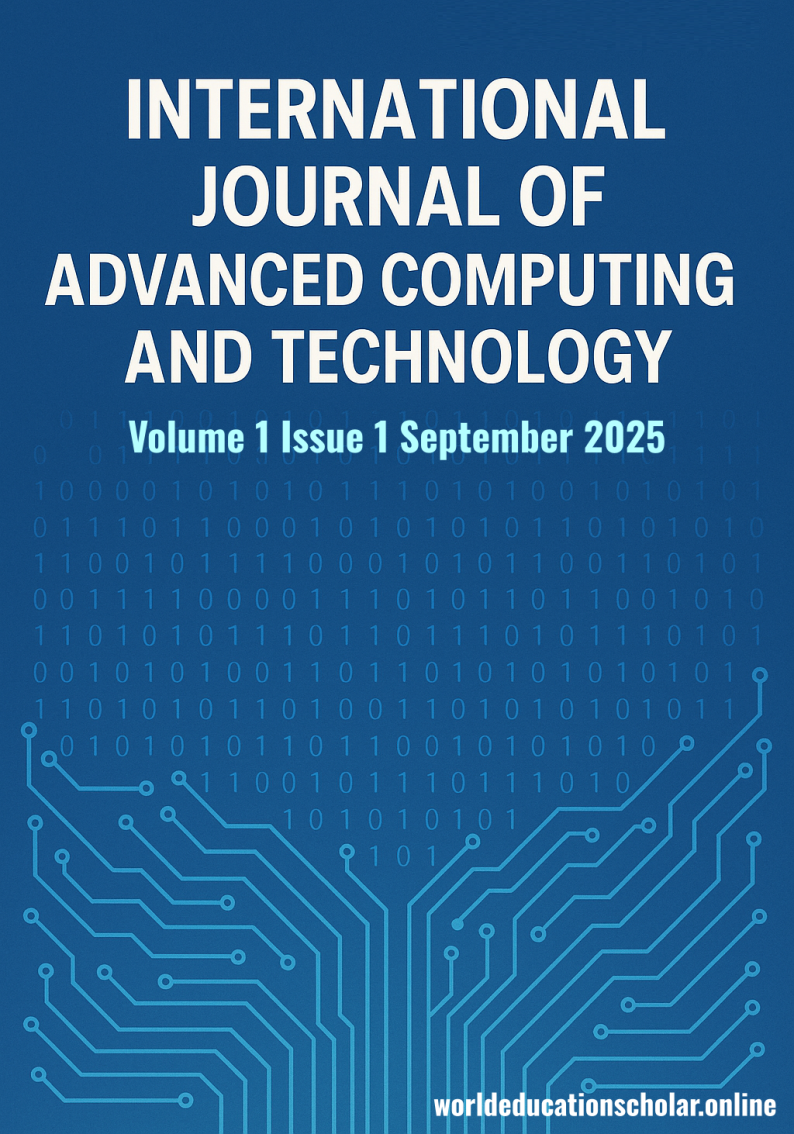A GCN-Based Multi-Modal Prediction System for Adolescent Mental Health
Main Article Content
Abstract
Adolescent mental health is a critical public health concern, motivating development of predictive models that can identify at-risk youth early. This paper proposes a novel graph convolutional network (GCN)-based multi-modal prediction system for adolescent mental health, emphasizing model innovation and empirical validation. We construct a heterogeneous graph from multi-modal data—including psychological survey scores, social interaction metrics, and physiological signals—with edges weighted by cosine similarity to quantify relationships between adolescents. On this graph, an attention-enhanced GCN model is applied, allowing the model to adaptively focus on the most informative connections. We simulate an experimental dataset based on public adolescent mental health data and evaluate the proposed model against baseline methods (logistic regression, multilayer perceptron, and a vanilla GCN without attention). The results show that our GCN with attention achieves superior accuracy and F1 score in predicting mental health outcomes, outperforming all baselines. We discuss how the attention mechanism and graph-based integration of multi-modal data contribute to performance gains, and we provide insights into the model’s interpretability. These findings demonstrate the effectiveness of combining multi-modal data and graph-based learning for adolescent mental health prediction.
